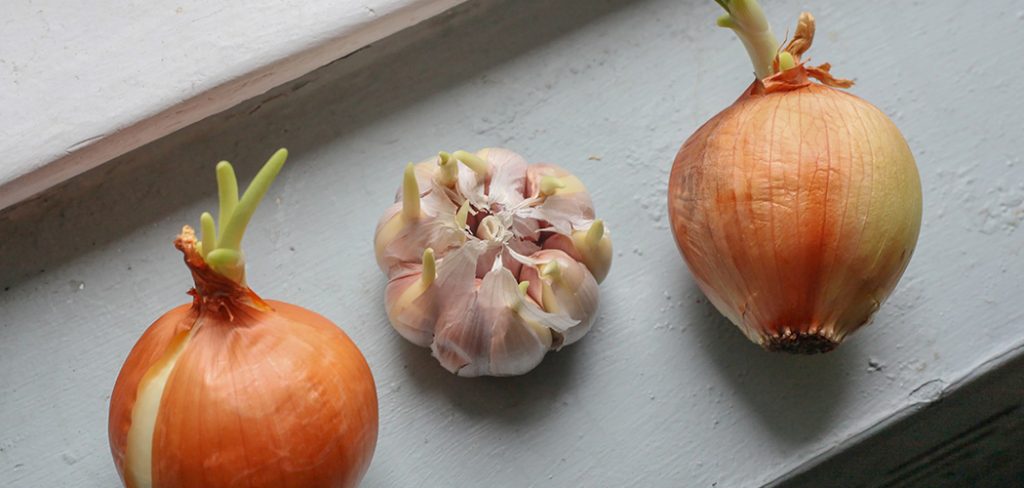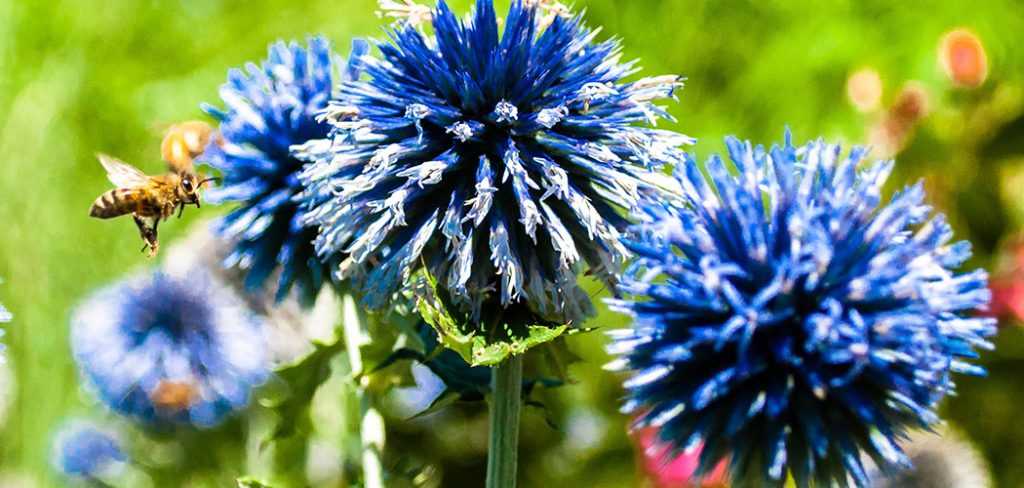Pruning blueberries a solution? Blueberries are kith and kin cranberries. They are of mostly blue & dark purple in color. Depending on the ripeness if fruit their sweetness and sourness vary. They are rich in anthocyanin, potassium, vitamin C, phytoflavinoids and antioxidants. The common types of blueberries harvested are low bush blueberry, northern high bush blueberry, southern high bush blueberry, half-high blueberries, and rabbiteye blueberries.
Pruning Blueberries or trimming is one of the horticulture way to promote growth. Blue berries or Cannes after some years does not produce much. They grow slowly almost 10years (ideal) for productive results. Blueberries needs sun, acidic soil but to increase growth pruning is applied. The bush has to be widespread, having maximum exposure to the sun to have maximum sunlight.
Feeding blueberries with Epsom-salt or fishmeal etc can add value but pruning has its own features. Fertilizing blueberry bushes in spring will add value if pruning done in winter as it will allow the plant to produce well or have new stems.
When is the right time to prune blueberries? A guide to PRUNING BLUEBERRIES.
Despite of the fact which type of blueberry you have pruning is same. Blue berries are very hard bushes they can stay firm in cold climates. However, the ideal time to perform pruning is early winters or before the summer. They need to prune every year to have maximum production. Performing pruning in summer or falls is an adversity as it makes bushes or stems prone to cold/ winter damage. To prune it is better to have cut of 7-8 inches (make sure the cuts are not deeper or in feet). Do not leave stubs while pruning. Upright branches primarily remain vegetative so encourage them to expand more and more. Cut 1/3 of the branches that remain down to the ground. The most technical point to understand here is that blueberries produce flowers on old wood, which means that the buds for each year will, formed on the previous year’s berry crop.
Early years
In early years, you might have not seen healthy canes or berries prune the weakest and allow the healthy ones to grow. In fact, it is better not to allow bush withstand fruit. Cut the twiggy woods at the bottom.
After 4 – 5 years
Continue pruning the bushes and non-productive stems. Remove the branches that struggle to the ground. Keep the healthy stems and allow new branches to grow at the same time. The balanced shape will result in large amount of growth of plant.
After 7 – 10years
After seven year, the production starts reducing if you do not prune the branches failed to generate more fruits. Stimulate the new shoot growth. Cut the branches that are drained or twiggy. For convenience make it imperative that you do not leave any bush which is older than 6 years.
7 STEPS GUIDE TO PRUNING BLUEBERRIES
Blueberries bushes are very hard so avoid stumps as they leave space for infestations of diseases. When you prune in dormant season the plant becomes less stressful and push the plant towards producing more fruits then leaves as it provides the habitat for production, air circulations, open plant towards sunlight and reduces the risk disease too. At least 2 oldest canes should be removed every year.
Be careful while this renewal of blueberries to avoid mistakes learn the seven ways while PRUNING BLUEBERRIES in winters:
- Cut off dead / damaged branches
(Near to the ground or to the way where they joined the thicker branches.
- Prune oddest crossed branches to avoid Uncongested center
(Cut 1 out of third)
- Cut half of the branches back to the ground
(Almost 1/3 of the remains)
- Prune the oldest
(Almost 7-8 inch near to the roots)
- Prune the Thickest
(Though the branches are stronger but it pays off, avoid stabs.)
- Prune the Fruit buds
(to avoid root suckering)
- Prune the overgrown to have balanced shape
(cut crossed braches down to base of the plant)
How to differentiate new and old stems before pruning?
New stems may appear green and reddish however old stems are more reddish or brown in color. Stems that are older than 3 years are light brown to grey while stems older than 5 years are grey. After 7 years, flakes will fall off from the stem. Drooping branches will affect the cultivars so better to prune timely and precisely.
CONCLUSION
Trimming, Snipping, Lopping, and Thinning, cropping whatever the name implies shaping your plant is must. However, pruning is annual, but trimming, thinning, snipping or lopping bushes and other techniques may be monitored and last throughout the seasons. They can be trim when observed weak or diseased. Pruning blue berries is an annual task mark it when once you make home from them in your soil. Post pruning insight includes the introduction to fertilizers, mulching too.
When to prune blueberries?
The ideal time for pruning the berries is winters when they are dormant.
Can we restore old blueberry bushes?
Yes, we can restore the bushes by applying techniques of pruning.
Does pruning blueberries in summer is safer or not?
Until the new foliage appears, it is safer to prune.
Is it too late to prune blueberries?
Yes, if summer arrives or fall is started pruning is not effective.
Pruning blueberries in pots is possible or not?
Yes, pruning is effective even in pots, as bottom does not need major space as compared to the top, which has to be widespread.
Is removing fruit buds is ideal?
Yes, it is ideal as it produces more fruits by the end. Despite of encouraging root suckers or water sprouts it is better to cut the weak fruit buds. After 2 seasons, most of the bushes ought to be allow to bear a crop of fruit buds with one or two points.
Learn Finest 5 ways to prune overgrown blueberry bushes. Prune the ff:
- The Dead one.
- Diseased woods.
- The crossing stems or Spindly looking branches.
- Low branches.
- Prune the Twiggy wood.
Check my other post on blueberries and how to have a sustainable backyard farm.

